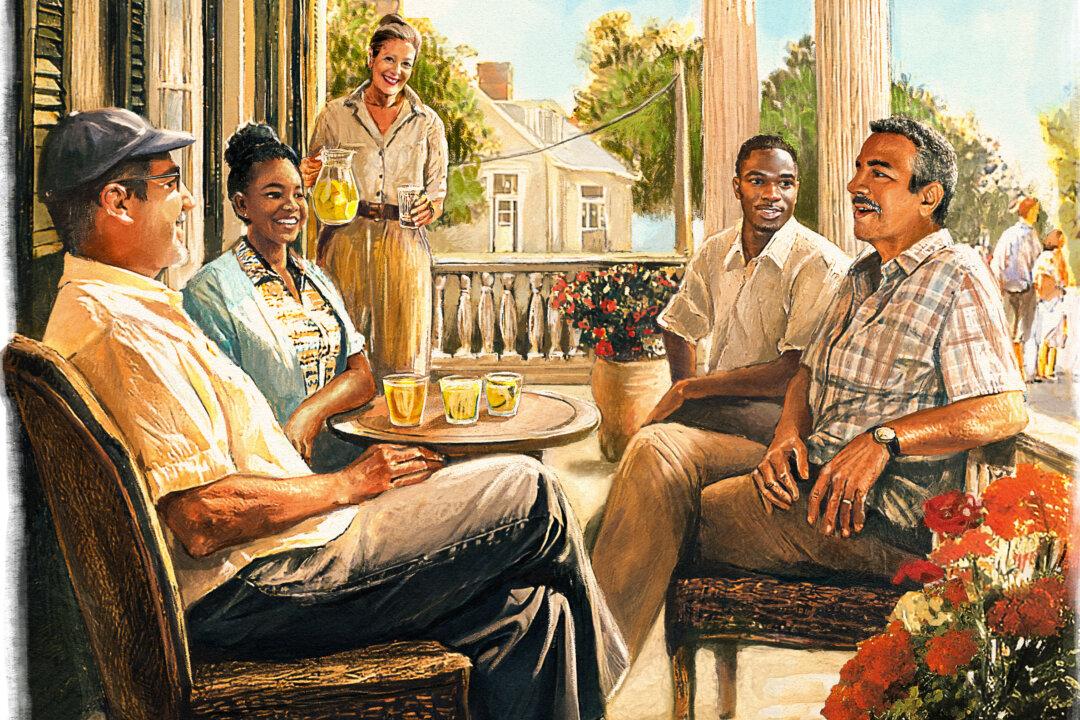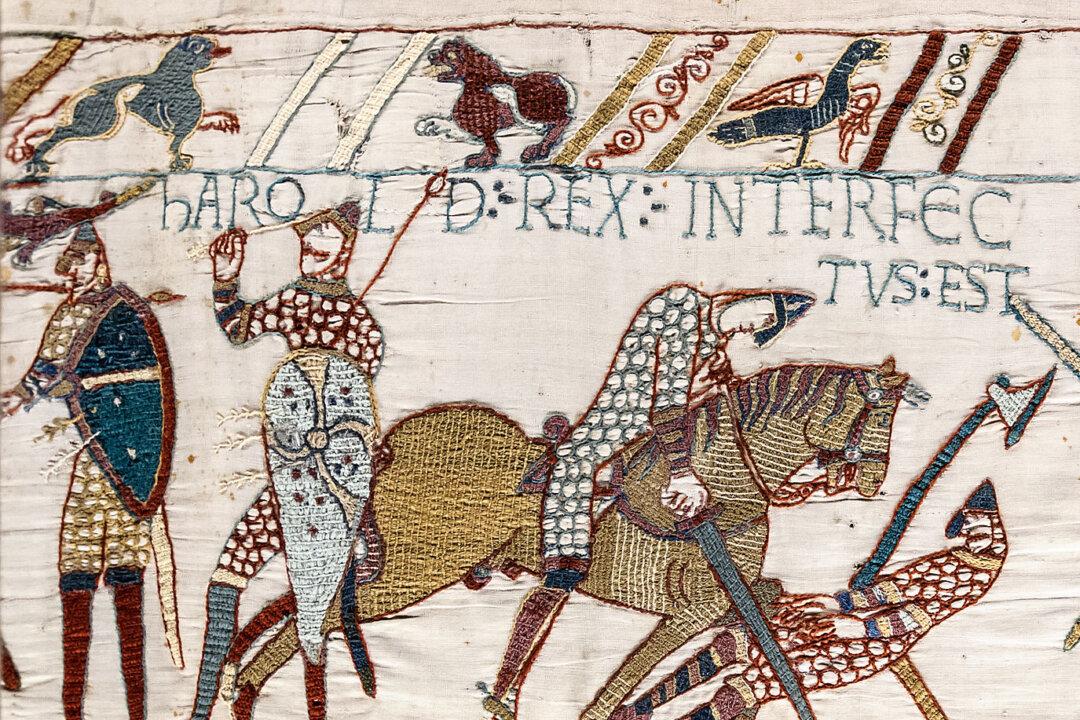Stroll through the older neighborhoods of these United States, and you will see the ornate and towering structures of Victorian houses, complete with turrets, gables, and steeply sloping roofs. These old houses, emblems of faded glory, line the streets with a quiet, forgotten dignity. To passersby with the ears to hear, the old mansions murmur of a different way of life. Conspicuous on most of them is a central architectural feature: the front porch.
In the time when these venerable old houses were built, America was a nation of front porches—which is a statement more significant than it at first appears. A nation of front porches is a nation knit together by a highly localized social structure, bulwarked by neighborliness and sustained by the bonds of small-scale community.






